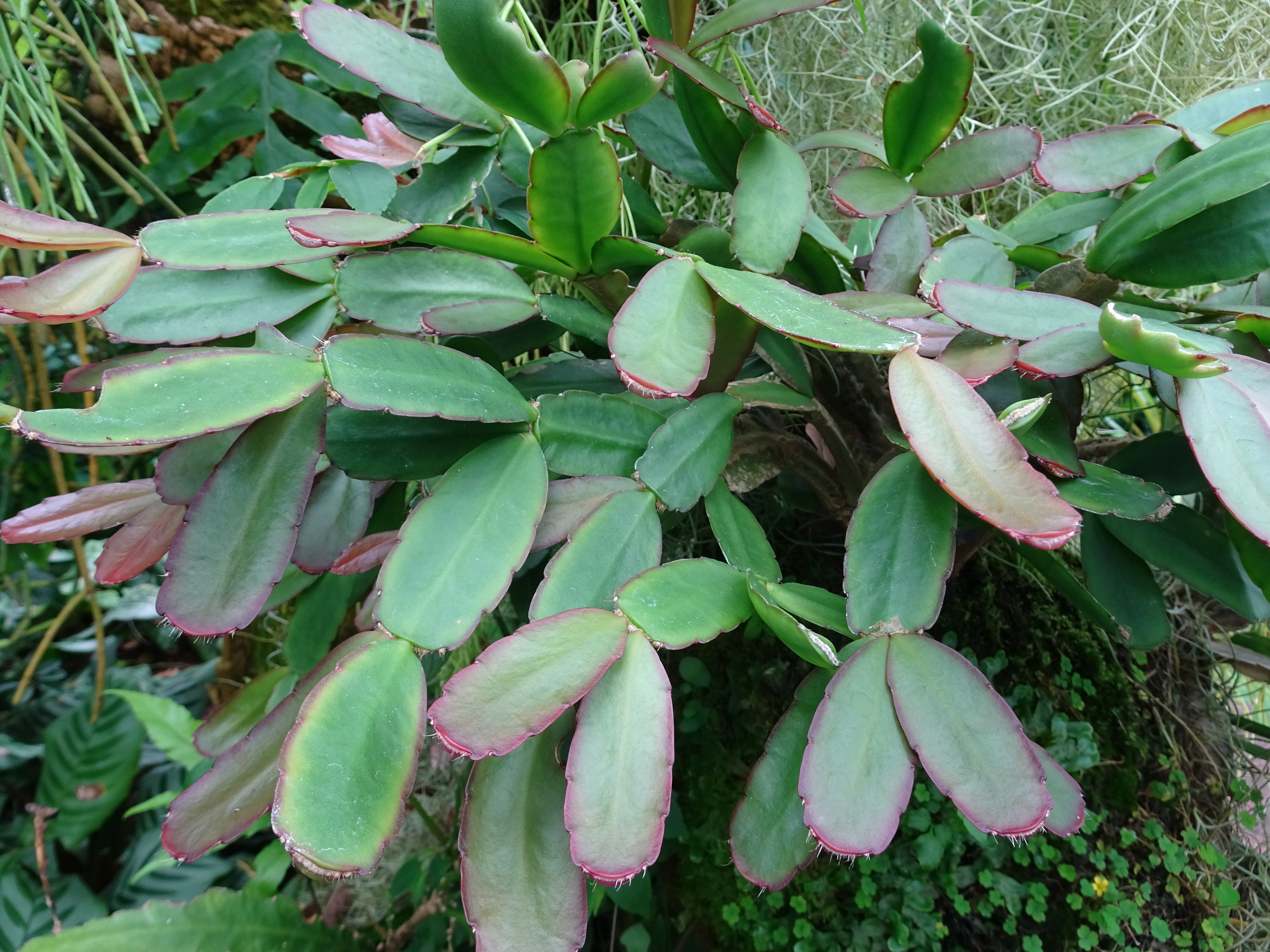 Threatened plants of the world
Threatened plants of the world
Red List status: VULNERABLE
Does this little plant look familiar to you? Perhaps you have seen it on granny’s windowsill or in a garden centre, but you’ve definitely seen it at the local market for sale in bloom around the Easter holiday. This quirky plant is Hatiora gaertneri, also known as the Easter cactus.
What is a cactus doing outside of the arid house on a tree? Strange isn’t it? Well, not all cacti grow in deserts and though the Easter cactus is a succulent it would wither away if it were planted there. The Easter cactus hails from the humid tropical forest of southeastern Brazil where it grows on trees and its colourful flowers are pollinated by flashy hummingbirds.
Why not grow on the forest floor? Well, the forest floor is much too dark and dangerous for most plants; so many species have evolved to live high up in the treetops as epiphytes. Epiphytes are friendly plants that grow on other plants and do not steal nutrients from their host like parasitic plants. Instead, epiphytes borrow space like people who rent flats in big cities.
Up in the treetops there is plenty of sunlight and fresh air, which is essential for the Easter cactus. With all the sun and wind, the rainforest canopy can become a dry place especially between showers. To survive these brief but frequent bouts of drought the Easter cactus has evolved to hold on to precious water. Like its desert dwelling cousins, this jungle cactus has evolved fleshy stems that store water. Yes, those green flattened bits are actually stems, not leaves. Their leaves have been lost through evolution so stems have taken up the role of leaves instead.
Despite being an easy to find houseplant, the Easter cactus is actually rare and difficult to find in the wild. Its rarity makes it vulnerable to extinction as forests are cleared and flowering plants poached to be sold. Luckily the plant grows in protected forests in Brazil and researchers are working to help preserve more land to conserve the amazing plants and wildlife that live with the Easter cactus.
